
‘Don’t Dream it, Be It’: Inside Andreas Zerr’s Rocky Horror Documentary and 50 Years of Cult Fandom
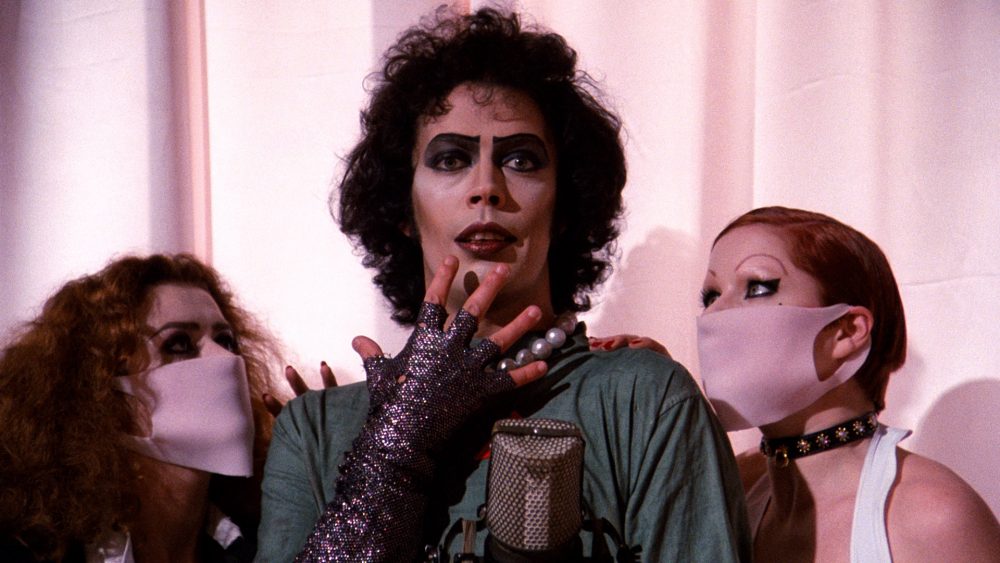
The Rocky Horror Picture Show, a cult classic and queer cultural touchstone, is turning 50 this year, and director Andreas Zerr is celebrating with the release of his unofficial, unauthorised and unbiased documentary Sane Inside Sanity: The Phenomenon of Rocky Horror.
For the few uninitiated: Jim Sharman and Richard O’Brien‘s stage-to-screen cult classic has it all—Tim Curry in fishnets, a fabulously cobwebbed mansion, straight people (or audiences) suddenly questioning their sexuality, and a soundtrack that hits from start to finish.
Chaotic and campy, Rocky didn’t just shock, it spawned a global community and practically invented shadowcasting: perform along, shout at the screen, live the movie. Polarised on release, it found its audience at midnight, in a devoted, glitter-smeared fanbase still proudly waving their freak flag.
Behind the curtains of Rocky Horror with Andreas Zerr
Over decades, Rocky has been recreated, Broadway-fied and celebrated in countless documentaries. But Sane Inside Sanity isn’t trivia or a rehash; it’s the ultimate love letter to the original play, its film adaptation, unsung heroes, and the people who turned a campy 100-minute film into a lifeline, told in their own words.
Zerr’s film will make you mourn never seeing the original stage run, but also delves into why audiences just keep coming back. We sat down with Zerr to find out how he pulled off his Rocky Horror documentary.
Fans keep the freak flag flying
Few filmmakers dedicate over a decade to a project they’re not obsessed with. Zerr did exactly that— and he’s candid about it.
“In general I’m not a fan of anything. I have a favourite football club, but that’s it. I don’t have the tattoo of my football club on my chest,” Zerr says. “Being a fan and loving something so dearly… that’s a special kind of person. I’m just not that kind of person.”
His outsider lens let him capture the story of Rocky Horror in full; the good, the kitschy and the unpleasant.
A chance encounter in 2014 with a Rocky song on the radio sparked Zerr’s curiosity, and what started as a casual interest became a full-length documentary. He admits he was unimpressed as a teenager, yet it left a lasting impression.
“You either like it or you don’t, but I think it’s very well done. And of course, Tim Curry—his first appearance in the elevator is phenomenal. I also loved the set design: Oakley Court, with its skeletons and cobwebbed coffins. Everything was considered, a little risky, outside the usual cinema of the time. That’s what stuck with me, and why I remembered Rocky Horror 30 years later,” he says.
Asked about his favourite songs, Zerr picks his top two: “‘Eddie’s Teddy,’ because it was funny, and of course ‘Sweet Transvestite.’ Those two stuck.”
The side project grew into almost 11 years of filming, and Zerr was continually surprised. Early-’70s London, particularly King’s Road, was astonishing in its creative interconnectedness. “Everybody seemed to know each other. Freddie Mercury, Mick Jagger, David Bowie—they were all there, influencing Rocky Horror and being influenced back.”
Shadowcasts and Rocky Horror as a safe space
Even more remarkable, Zerr says, is the devotion of Rocky Horror fans.
Shadowcasters perform the same film thousands of times, not for fame but for the community. “They’re improving costumes, adding jokes, getting this ego boost from the crowd. Rocky Horror provides a safe space. People struggling with sexuality, mental health, or just not fitting in find a peer group there. It makes their lives better.”
When showbiz gets Rocky
As an outsider, Zerr explores the darker side of the phenomenon without rose-tinted glasses. “Not everything Rocky Horror is peaches and cream. The contracts people signed in ’73 and ’74 were fine at the time, but nobody imagined half a billion dollars in revenue later. The studio isn’t legally obliged to share more, but from a human standpoint, maybe they should.”
“Success is always a seed for greed and envy. Rocky Horror isn’t unique in that—it’s like any rock band that breaks up over money. But the darker sides are part of the story too.”
The documentary also highlights how the original intimacy of Rocky Horror shifted over time, from indie theatre magic to modern spectacle. “Imagine sitting in a 200-seat theatre, no idea what’s coming, and suddenly Tim Curry in fishnets struts past your head,” Zerr says.
“Today it’s sanitised Broadway—big halls, big budgets, lots of effects. Entertaining, yes, but a different soul… It’s like the Rolling Stones: seeing them in a Chelsea club in ’72 versus Wembley Stadium. Natural progression, but not the same.”
Australia’s first Frank-N-Furter
The documentary was trimmed from nearly five hours of footage to a 100-minute cut, forcing Zerr to leave some stories untold—most notably, the Australian production.
“Reg Livermore was the very first Frank-N-Furter in Australia. He hadn’t seen Tim Curry, so his version was completely different—his own interpretation, his own backstory. By the end of the run, his performance stretched half an hour longer because he kept inventing dialogue on stage. Amazing stuff.”
Zerr promises the footage isn’t lost. “We just need to find a way to release it—maybe online or as extras. It’s too good to sit in a vault.”
The documentary closes with the one of the show’s most pivotal lines: “Don’t dream it, be it.” For Zerr, it encapsulates the show’s enduring appeal.
“People who aren’t satisfied with who they are find a space in Rocky Horror that lets them express themselves. It sounds corny, but that’s the message. And that’s why it’s lasted.”
Asked to describe Rocky Horror in three words, Zerr laughs. “I can’t. It’s indescribable. Maybe THE cult phenomenon.”
Sentimental yet unflinching, Zerr’s documentary shows why the cult classic isn’t just campy fun—it’s thriving and transforming lives, one shadowcast at a time.
Sane Inside Sanity: The Phenomenon of Rocky Horror releases on 25 September. For more info, visit www.facebook.com/therockyhorrorphenomenon
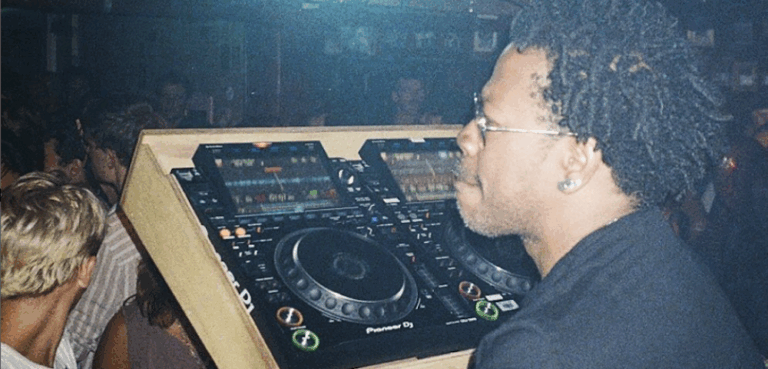
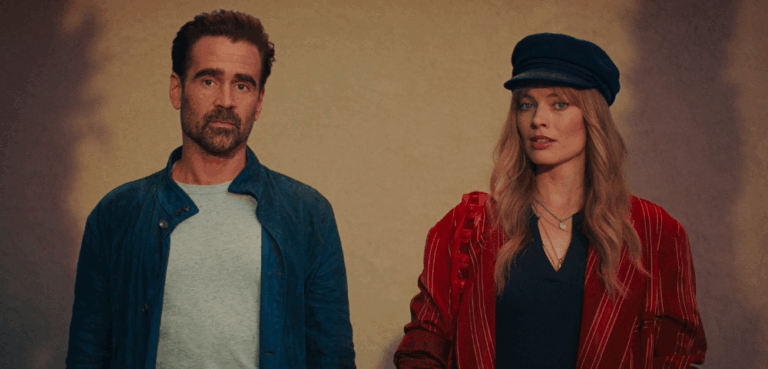

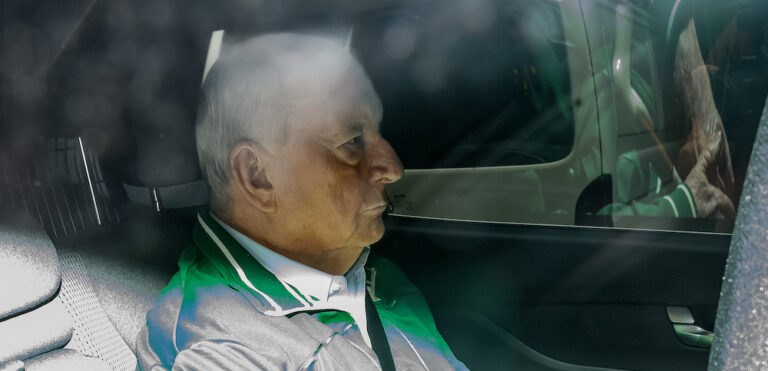
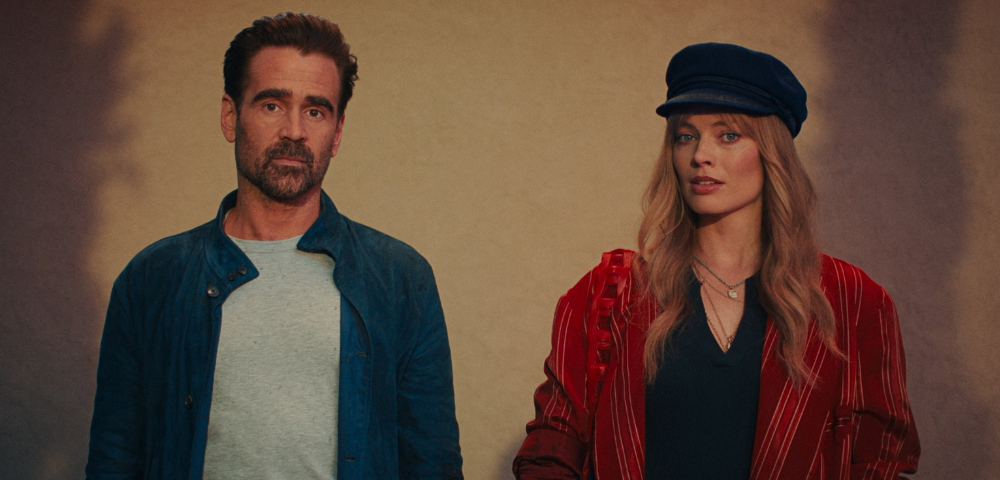

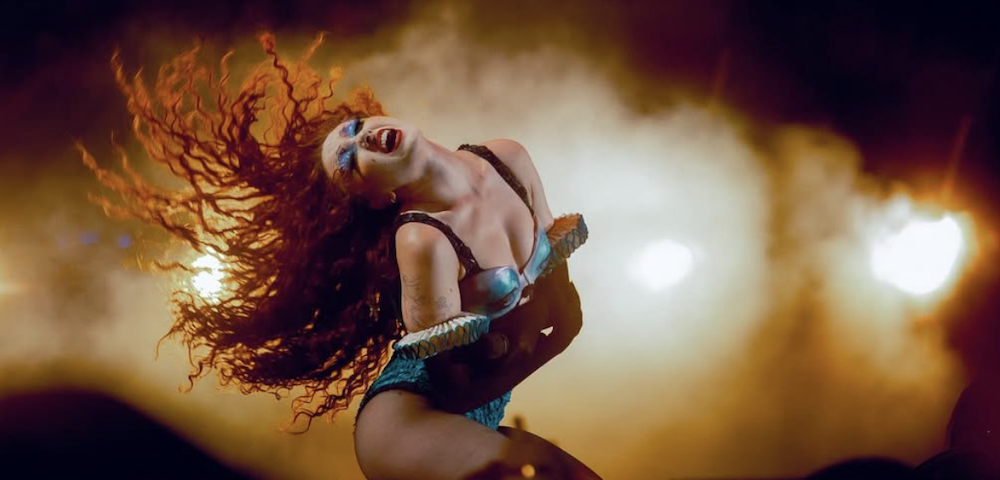
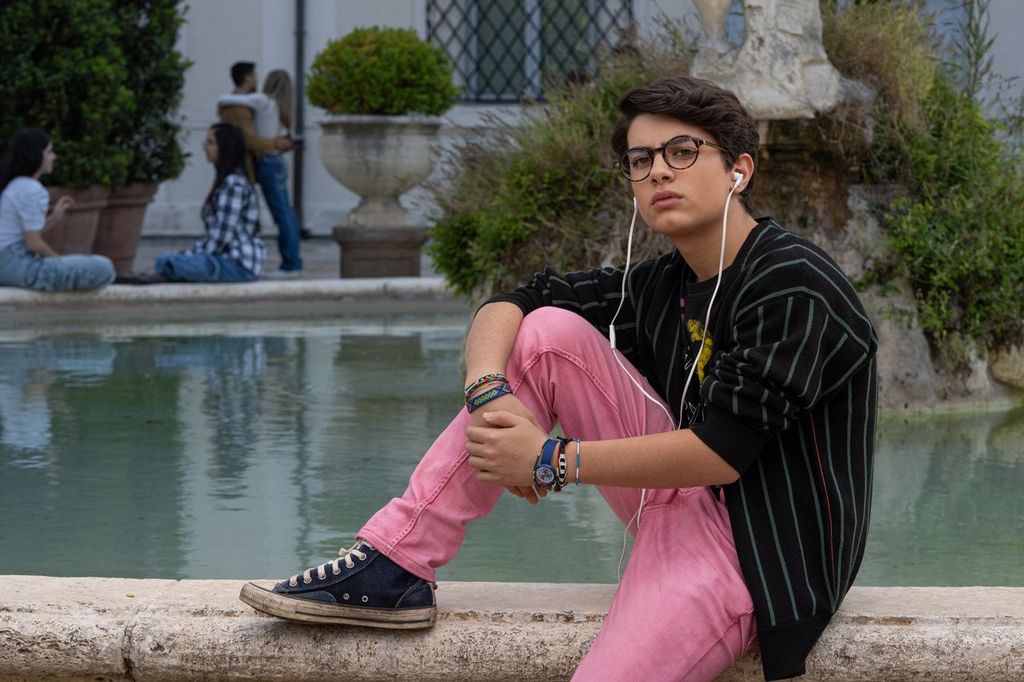
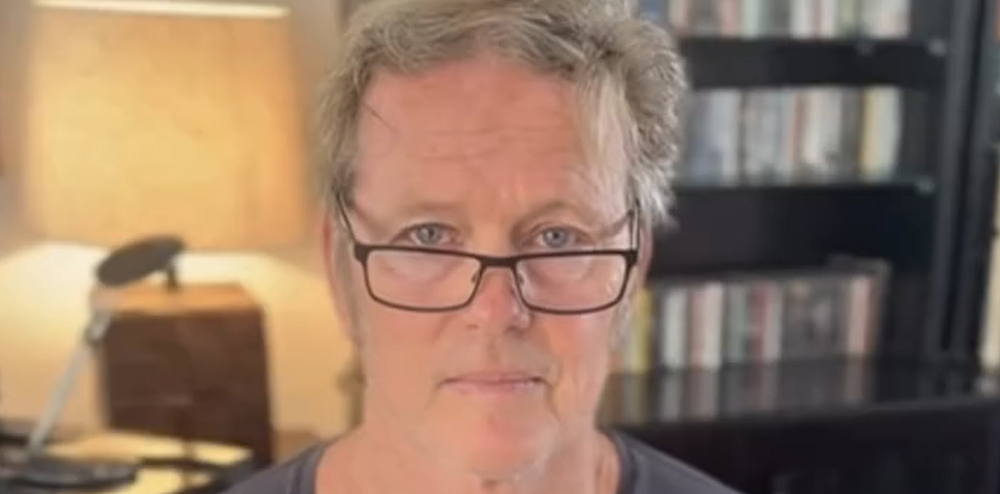
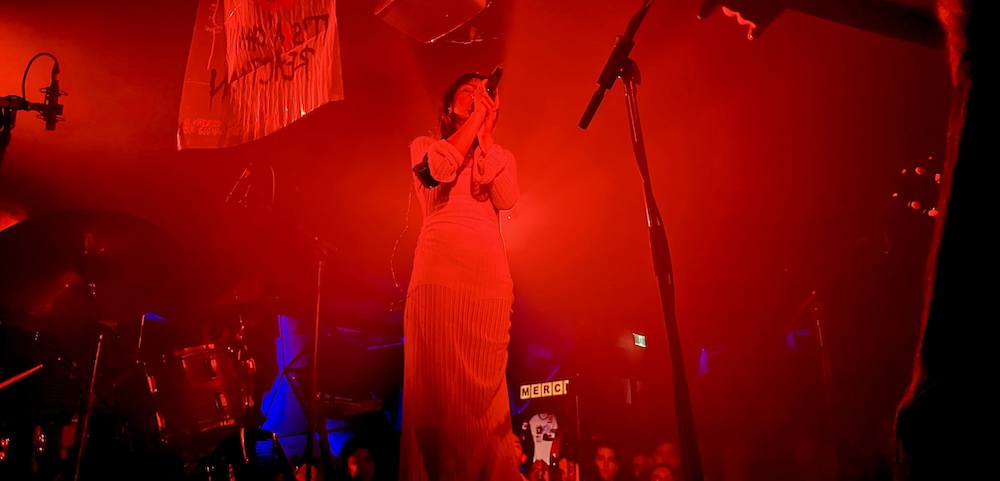
Leave a Reply